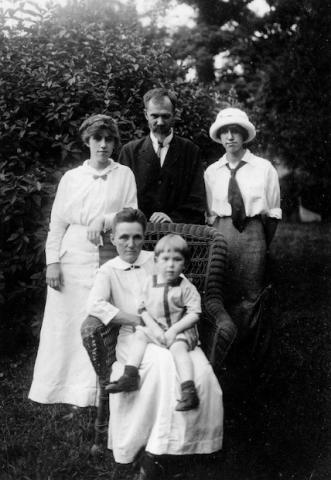David Ceccarelli, University of Rome Tor Vergata
2015 to 2016 Research Fellow
James Risk, University of South Carolina
2015 to 2016 Research Fellow
The Consortium started awarding research fellowships in 2007. Dissertation fellowships were added in 2008, and postdoctoral fellowships in 2012. We have kept applicant statistics beginning in 2011. Those stats are summarized on this page. Applicants' demographics have no influence in the application review process. See How Fellows are Selected for a detailed description of the process.
Through a new collaboration with Temple University, the Historical Society of Pennsylvania is proud to announce an online graduate course for educators beginning in 2016: Preserving American Freedom: A Primary Source Approach to Teaching American History.
The Third Biennial Early-Career Conference for Historians of the Physical Sciences - Call for Papers
The American Institute of Physics (AIP) Center for the History of Physics is pleased to host a third international conference for graduate students and early career scholars, to be held April 6-10, 2016 in Annapolis, MD.
Congratulations to James Risk, University of South Carolina, who was recently awarded the John A. and Annie Rice Excellence in Teaching Award by the University of South Carolina Department of History. Risk also won a Pam Laird Research Grant from the Mercurians, a Special Interest Group of the Society for the History of Technology; a Clyde Ferrell Summer Dissertation Research Fellowship from the University of South Carolina Department of History; and a Richard A. Bacas Scholarship from the Institute for Humane Studies at George Mason University.
Congratulations to Emily Klancher Merchant (2012-2013 Dissertation Writing Fellow), who recently began a postdoc at Dartmouth College, in the Neukom Institute for Computational Science and the Department of History. Merchant completed her PhD in History at the University of Michigan earlier this year.
A Forum that Carin Berkowitz edited and in which she has an article, "Beyond Illustrations: Doing Anatomy with Images and Objects," was recently published by the Bulletin of the History of Medicine and featured on Johns Hopkins University Press's blog. Berkowitz was a Dissertation Writing Fellow at the Consortium in 2009-2010, and the Forum was based on a workshop hosted by the Consortium in fall of 2012.
Congratulations to Christopher Jones, whose book Routes of Power: Energy and Modern America (Harvard, 2014) was recently awarded the Edelstein Prize by the Society for the History of Technology, given to an outstanding scholarly book published in the past three years. Jones's research for that book was partially supported with a 2008-2009 Dissertation Writing Fellowship. Jones is currently an Assistant Professor of History at Arizona State University.
The Linda Hall Library recently acquired 26 observation logs from David H. Levy, one of the most successful comet hunters in history, with 22 comets discovered, nine of them using his own backyard telescopes. The logs given to the Linda Hall Library date from 1956 when, at age eight, Levy accidentally saw a shooting star during the summer. He has kept an observation log ever since, totaling 18,000 sessions. Levy also donated an equal number of his personal journals which help explain the information contained within the observation logs. The remainder of Dr.
Pagination
- Previous page
- Page 40
- Next page
